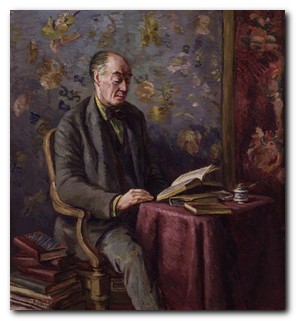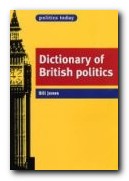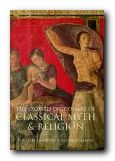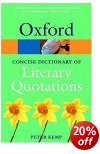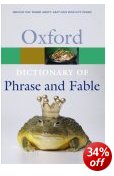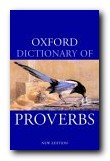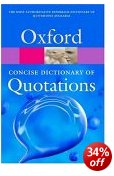pocketbook guide to major modern designers
These Taschen pocketbooks are very well produced, with high quality print, full colour illustrations, and they are amazingly cheap. I’ve bought several of them, both in the UK and abroad, and always been surprised at the integrity of the writing and the scholarship. But I have not been surprised at the quality of the illustration and the graphic design. It’s always been first rate.
 This one is a collection of major designers and design companies in the twentieth century, arranged in A to Z format. Each entry consists of a biographical sketch or a historical account of a company or movement, with well-chosen colour illustrations of typical products. The authors are both experts in industrial design, both ex-Sotheby’s, and now running their own consultancy in London.
This one is a collection of major designers and design companies in the twentieth century, arranged in A to Z format. Each entry consists of a biographical sketch or a historical account of a company or movement, with well-chosen colour illustrations of typical products. The authors are both experts in industrial design, both ex-Sotheby’s, and now running their own consultancy in London.
It’s amazing how many of the people represented were teachers, students, or felt the influence of the Bauhaus – Walter Gropius (architect) Marcel Breuer (furniture) Moholy-Nagy (photography) – though there are plenty from other sources – Le Corbusier (France), Charles and Ray Eames (USA), Charles Rennie Mackintosh (Scotland). Entries run from Alvar Aalto (Finland) to Frank Lloyd Wright (USA) and Marco Zanuso (Italy).
Lots of other well known names are represented: Lalique (glass) Mies van der Rohe (architecture) and Paul Rand (graphics). The one new discovery (for me) was Raymond Loewy, though I wondered why they chose to illustrate his work with a ceramic tea-set when he is renowned principally for streamlining automobiles and Greyhound coaches.
This volume is a very comforting mix of interior design, consumer products, teapots, chairs, and other domestic objects. But the main thing to say about such a high-quality yet low-price product is that it’s terrific value for money.
© Roy Johnson 2003
Charlotte and Peter Fiell, Design of the 20th Century, Taschen, 2003, pp.190, ISBN: 3822855421
More on design
More on media
More on web design
More on information design
